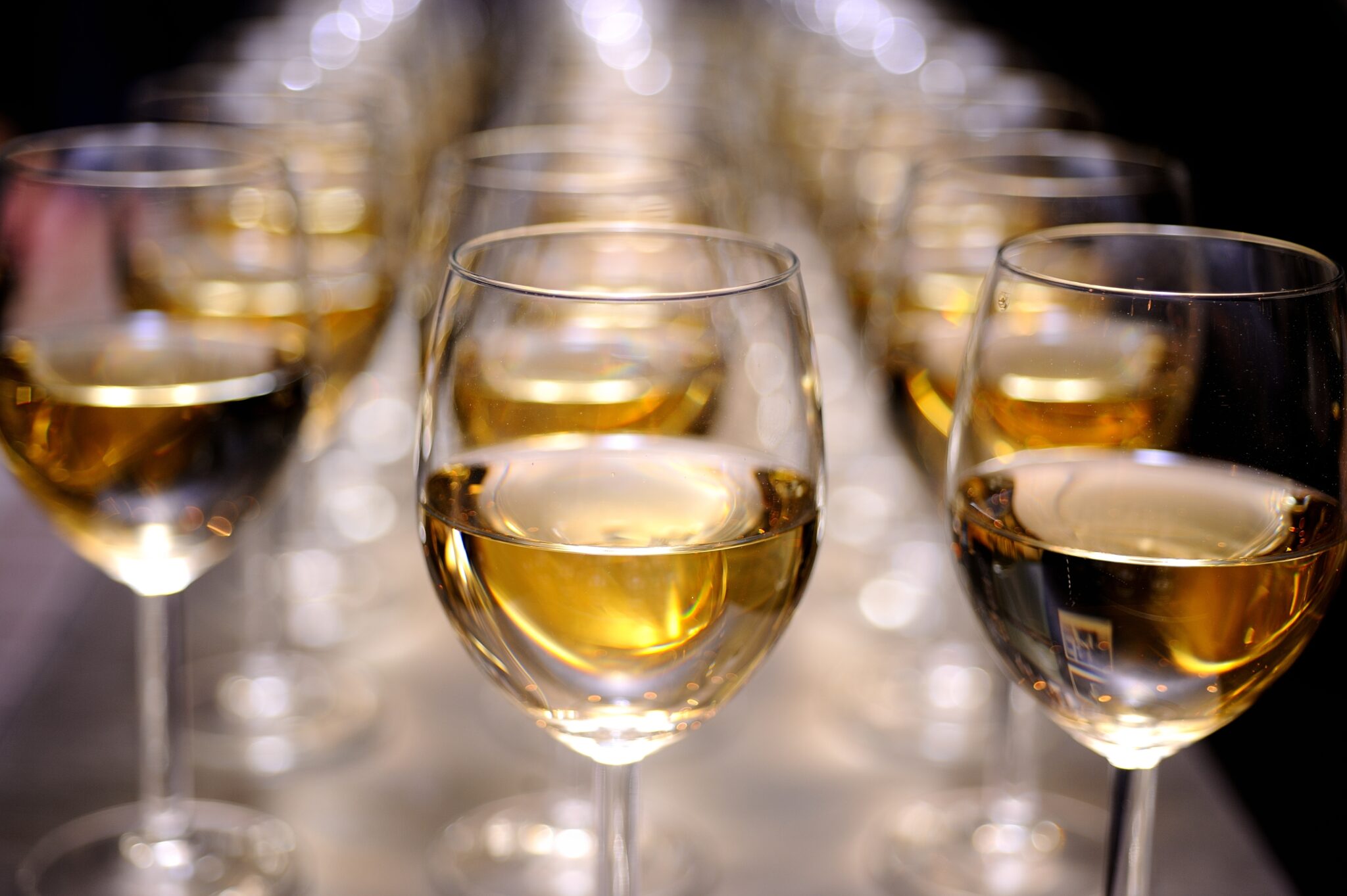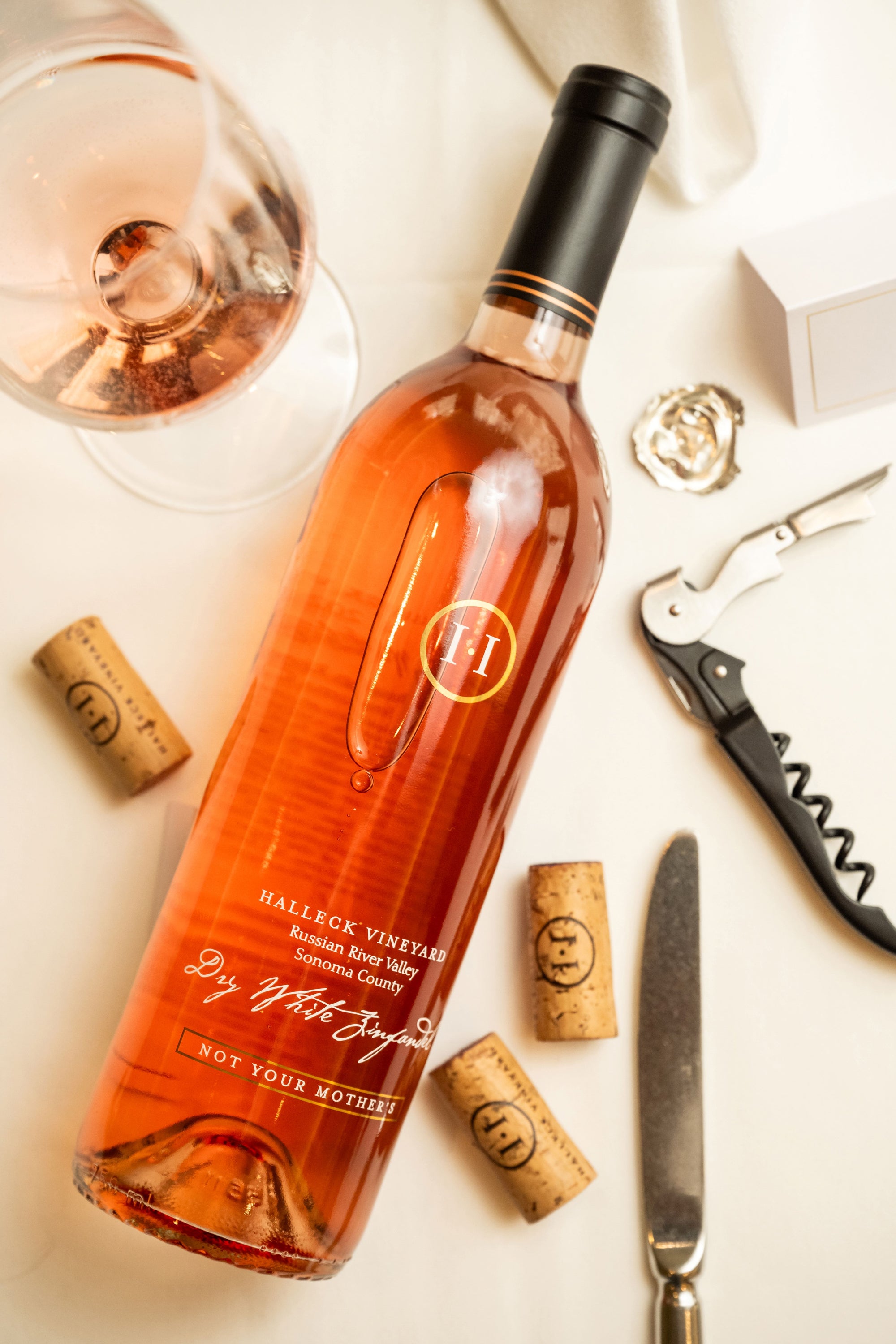Wineries Known For Handcrafted Wines - Wineries To Explore In Sonoma Valley
Wine tasting is an art that mixes sensory experience with an appreciation for the nuances of different varietals. How to evaluate flavors in winery wine tasting classes is pivotal to grasping the complexities of wine.
Participating in a wine tasting entails more than merely sipping and savoring. It requires a focused method to identify aromas and flavors that every wine presents. As you start, observe the wine's appearance, noting its color and readability. These visual cues often recommend a wine’s age, grape selection, and even potential flavor profiles.
The next step in the tasting course of is to swirl the wine in your glass. This motion releases aromatic compounds which are vital for evaluation. Lean in and take a moment to inhale deeply; the aromas can range from floral and fruity to spicy and earthy. The nostril of the wine is just as necessary as the palate, and recognizing scents plays a big position in understanding the general experience.
When taking your first sip, allow the wine to move throughout your palate - Wineries With Outdoor Seating. Discover the preliminary flavors that current themselves. Is the wine fruity, floral, or maybe herbaceous? This preliminary taste gives insight into what the wine is prone to specific as you proceed to evaluate it. The mouthfeel additionally contributes to the general flavor experience; it may be silky, tannic, and even effervescent.
Breathtaking Views From Sonoma Wineries - Enjoying Wine Tastings And Vineyards Near Sebastopol
As you proceed tasting, pay attention to the wine’s balance. A well-balanced wine will harmonize acidity, sweetness, and tannins. If one component overwhelms the others, it would point out a much less desirable quality. Evaluating balance can help you identify how well the wine might pair with food.
Transitioning to the end, contemplate how the flavors evolve because the wine lingers on your palate. A long, nice end can indicate a high-quality wine, while a brief or abrupt end may suggest in any other case. Mirror on whether the flavors remain constant or if new notes emerge because the wine settles. This progression can reveal complexities and intricacies that might not have been obvious in the initial tasting.
Temperature is also a vital think about evaluating wine flavors. Different forms of wine are optimally enjoyed at particular temperatures. White wines often shine when chilled, while purple wines typically carry out finest at room temperature. When tasting, ensure the wine is at the acceptable temperature to completely appreciate its character.
Wineries Showcasing Local Art And Crafts - Sonoma Wine Tasting Adventures
Pairing food with wine can tremendously improve the tasting experience. Meals can influence the perception of flavors in wine, both highlighting sure traits or diminishing them. When evaluating flavors, think about how the wine interacts with different meals, noticing which flavors are amplified or muted (Romantic Winery Destinations In Sebastopol).

Think About the influence of terroir as you interact in a winery tasting. Terroir encompasses the distinctive environmental elements that affect grape rising, including soil composition, local weather, and geography. Understanding a wine's terroir can provide perception into its flavors and aromas, fostering a deeper appreciation for the choices made throughout its cultivation and production.
Schooling performs a fundamental position in enhancing one's ability to gauge wine flavors. Studying about grape varieties, wine regions, and manufacturing methods can pave the greatest way for more knowledgeable judgments during tastings. Moreover, attending workshops or classes can refine sensory skills and broaden your flavor vocabulary, enabling you to articulate tasting notes more effectively.
Finally, it is important to keep in thoughts that evaluating wine flavors is a extremely personal experience. Particular Person preferences and perceptions will invariably form one’s tasting journey. Enjoyment must be at the forefront, with the evaluation process acting as a tool to enhance understanding and appreciation rather than create rigid guidelines.
Beautiful Picnic Areas At Sonoma Wineries - Wineries To Visit
In conclusion, mastering the means to consider flavors in winery wine tasting sessions involves a mixture of sensory engagement, information, and practice. By studying to identify aromas, assess the balance, and appreciate the intricacies of flavor, wine enthusiasts can deepen their connection to each bottle they encounter. As with any art type, the more one immerses themselves in the experience, the more they may uncover and benefit from the huge world of wine.
- Start by observing the wine's shade and readability, as these visible elements can hint at its flavor profile and aging potential.
- Swirl the wine gently in your glass; this releases aromatic compounds, allowing you to better identify the complex scents associated with the wine.
- Take a deep inhale before tasting, focusing on both primary and secondary aromas to gather insights on fruits, spices, and other nuances.
- When tasting, allow the wine to coat your palate; note the initial flavors, the mid-palate complexity, and the finish as these phases can present completely different flavor highlights.
- Pay consideration to texture and mouthfeel, as features corresponding to tannin ranges, acidity, and sweetness contribute significantly to the overall tasting experience.
- Compare flavors against standard wine traits; for pink wines, think about berry notes, oak influence, and herbal tones, while whites may embody citrus, stone fruits, and floral hints.
- Take notes in the course of the tasting session to trace your impressions, helping you to remember and evaluate the different wines sampled.
- Focus On your findings with fellow tasters or winery employees, as sharing insights can enhance understanding and appreciation of individual flavors.
- Enable time for the wine to breathe; generally, flavors evolve and reveal new dimensions after being exposed to air.
- Experiment with food pairings during the tasting as they'll dramatically alter how flavors are perceived, influencing total enjoyment.undefinedWhat should I look for when evaluating the aroma of wine during a tasting?
Start by swirling the wine in your glass to launch its aromas. Convey the glass to your nostril and take a deep breath. Pay attention to the primary scents you detect, as these are sometimes the most distinguished. Look for fruit, floral, natural, or earthy notes and try to identify particular characteristics, which can deepen your understanding of the wine's complexity.
Wineries Located Near Russian River Valley - Top Wineries To Visit In Sebastopol
How can I distinguish between different flavor profiles in wine?
Perceive that flavor profiles are often categorized as fruit, floral, herbaceous, spicy, or mineral. Take small sips and permit the wine to coat your palate. Notice the primary flavors that emerge first and the delicate notes that follow. This layering is crucial in distinguishing the wine's characteristics and can assist you to recognize great post to read its unique profile.
Celebrated Winemakers To Discover In Sonoma - Tasting Fine Wines In Sonoma County
What is the importance of the wine's texture in a tasting?

The texture of the wine, also called mouthfeel, plays a vital role in how we understand flavors. Pay consideration to whether the wine feels clean, creamy, or gritty. The physique of the wine (light, medium, or full) can enhance or distinction with flavors, providing a more rounded experience throughout tasting.
How do I assess the balance of flavors in wine?
Stability in wine refers to the harmony between acidity, sweetness, tannin, and alcohol. Take a moment to evaluate whether these parts complement or intervene with one another. A well-balanced wine may have none of its parts overpowering the others, creating a nice tasting experience.
Wineries In The Heart Of Sonoma County Wine Region - Sonoma Valley Vineyards And Wine Tasting
What role does temperature play in evaluating wine flavors?
Temperature can considerably impact the notion of flavors. Generally, purple wines are best served slightly under room temperature, while white wines take pleasure in being chilled. As the temperature changes, the aromas and flavors can shift, allowing you to understand totally different traits. It’s essential to style wine at its optimum temperature for true evaluation.
Wineries Pairing Wine With Chocolate - Discovering Sonoma Area Wineries
How can I improve my tasting skills over time?
Practice is vital to bettering your tasting skills. Wine Tasting Trails In Sonoma Valley. Attend tastings, maintain a journal of your experiences, and discover various kinds of wines to broaden your palate. Additionally, studying about wine production and grape varieties can provide context that enhances your analysis course of, making you a more knowledgeable taster.
Is there a particular order in which I should style the wines?
Wineries With Unique Wine Blends - Best Winery Located In Sonoma
Sure, it’s advisable to style wines from light to full-bodied and dry to sweet. This progression prevents the stronger flavors from overshadowing the extra delicate ones, permitting you to fully respect every wine's traits and nuances pop over to this web-site with out palate fatigue.
How can I evaluate the aftertaste of wine?
Historical Wineries To Visit In Sonoma - Sonoma Wine Culture
The aftertaste, or finish, is an important aspect of the wine-tasting experience. After swallowing, pay attention to how lengthy the flavors linger in your palate and whether or not they change. A lengthy, pleasant finish is often an indicator of a high-quality wine, whereas a brief or disagreeable finish may suggest in any other case.
Why is it necessary to notice the wine’s acidity during tasting?
Acidity contributes to the overall freshness and structure of the wine. Pay consideration to the tingling sensation in your tongue; greater acidity can enhance the wine's liveliness and steadiness out sweetness. Noting acidity helps decide the wine's versatility with food and its growing older potential.
What should I do if I struggle to establish particular flavors in wine?
Wineries Featuring Seasonal Wine Events In Sonoma - Sonoma Vineyards For A Perfect Day Out
Struggling to determine flavors is widespread, especially for beginners. Focus on broader categories and describe what you possibly can recognize, such as sweet or earthy notes. With practice, reading about different flavor profiles, and perhaps utilizing flavor wheels, you may refine your senses and develop a extra nuanced strategy to tasting.